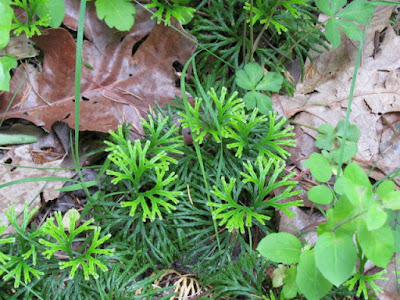Fall is the time to take soil tests. If you have plants that are not growing the way they should, a soil test might be needed to see if soil amendments are needed.
Fertilize Lawn Based on Soil Test Results
Soil amendments should be based on a soil test to know the
amounts needed. Be sure the sample is representative of the area to be treated.
The teaspoon of soil finally used for analysis weighs a few grams in comparison
to about 50,000 pounds of soil per 1000 square feet to a six-inch depth.
Before sampling the area, size it up for differences in soil characteristics, such as color, texture and drainage. If these features are uniform throughout the area to be treated, a single composite sample of the topsoil is adequate. If there is great variation in these features, take a composite sample from each predetermined area.
Soil samples may be taken at any time of the year when temperature (soil not frozen) and moisture conditions permit. Late summer and fall sampling is a good choice based on factors affecting nutrient availability and time available to the gardener.
Within the area selected for a sample, dig a hole to spade depth. With a shovel or trowel cut a thin slice down one side of the hole. Place this slice in a pail or pan. Do not include sod roots. Repeat this procedure in at least eight well-scattered spots within the chosen area. Place each slice in the pail with those previously taken. Break up clods and mix the slices of soil thoroughly with the hands and by revolving the pail while held at an angle of 45 degrees. Use about one pint of the soil as a sample. Discard the remainder.
The sample is then sent to a soil testing lab. University of Illinois Extension has a listing of labs online at https://web.extension.illinois.edu/soiltest/.
Soil testing and fertilizer application is only one step in effective soil management. For best growth of lawns, vegetables and ornamentals, you should also provide the proper soil structure and soil moisture. Take time this fall to focus on good soil health, because soil management is essential for good plant growth.
Published as News Release on 11-7-2011










